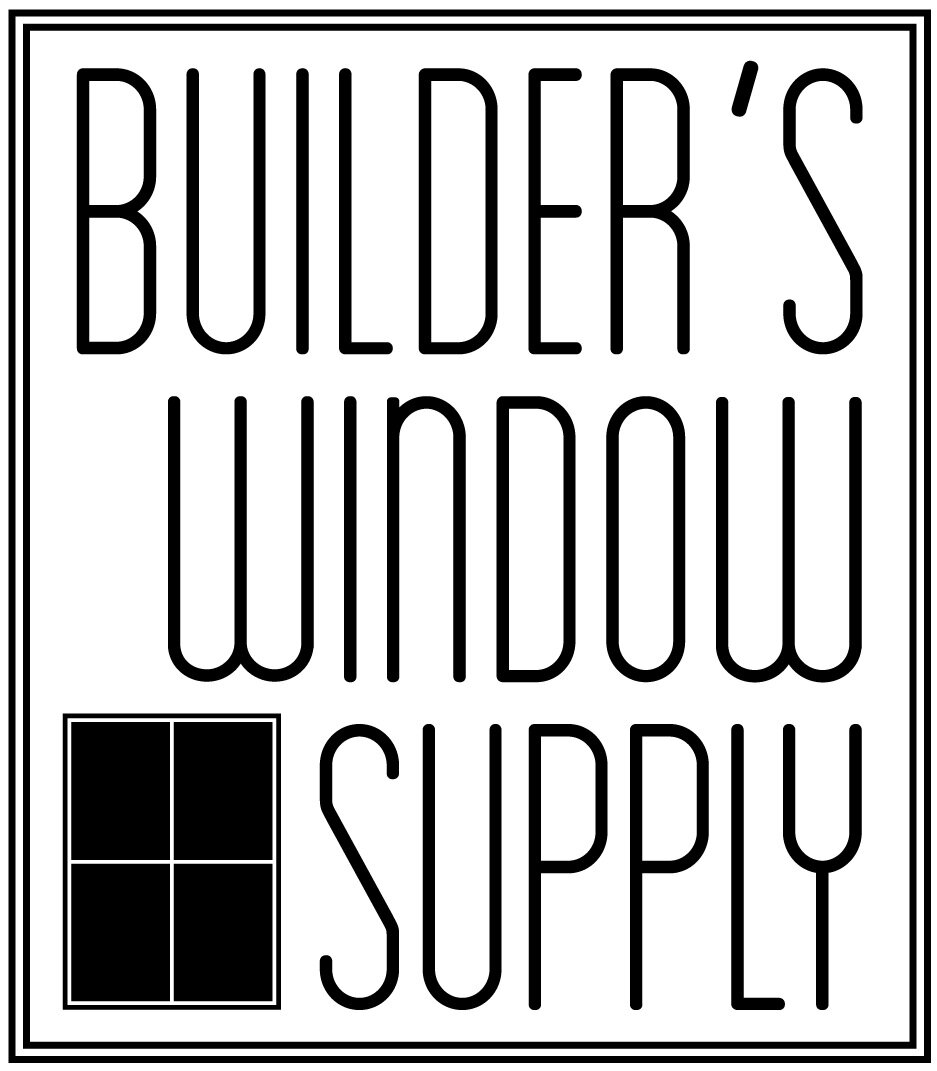Stucco Mold v.s. Brick Mold
Stucco mold and brick mold are two different types of exterior trim commonly used in home construction. While both serve similar purposes of providing a finished look and protecting the edges of openings, such as doors and windows, they have distinct characteristics and aesthetic qualities. Here are the differences between stucco mold and brick mold, as well as their compatibility with the exterior of a home:
Stucco Mold:
Material: Stucco mold is typically made of a synthetic material like PVC (polyvinyl chloride) or foam.
Appearance: Stucco mold has a flat profile with a straight edge, resembling a simple rectangular shape. It is designed to seamlessly blend with stucco exteriors, providing a clean and smooth transition between the stucco surface and the opening.
Installation: Stucco mold is attached directly to the exterior wall, usually with nails or screws. It is positioned to align with the edges of the stucco and is often integrated into the stucco application process itself.
Compatibility: Stucco mold is an excellent choice for homes with stucco exteriors since it creates a cohesive and uniform appearance. It complements the smooth texture of stucco and helps maintain a consistent aesthetic throughout the exterior.
Brick Mold:
Material: Brick mold is typically made of wood, although PVC and other synthetic options are available as well. Wood brick mold offers a traditional and natural look.
Appearance: Brick mold has a more decorative and prominent profile compared to stucco mold. It features a beveled or angled edge that mimics the shape of traditional brick moldings. This design adds dimension and visual interest to the exterior of the home.
Installation: Brick mold is installed around the perimeter of windows and doors, providing a trim that extends beyond the wall surface. It is usually attached to the framing of the opening and provides a framework for attaching siding materials or bricks.
Compatibility: Brick mold is commonly used in homes with exterior finishes like brick, stone, or fiber cement siding. It complements these materials and adds a distinctive architectural detail. However, brick mold can also be used with other siding options to achieve a traditional or classic look.
When selecting between stucco mold and brick mold, consider the overall style and aesthetic of your home's exterior. If you have a stucco finish, stucco mold will blend seamlessly and provide a cohesive appearance. If you have brick or other siding materials, brick mold can enhance the architectural character and create a more decorative effect. It's important to choose trim options that harmonize with the chosen exterior materials, enhancing the overall curb appeal of the home. Consulting with one of our professionals at Builders Window Supply in San Diego can provide further information.
